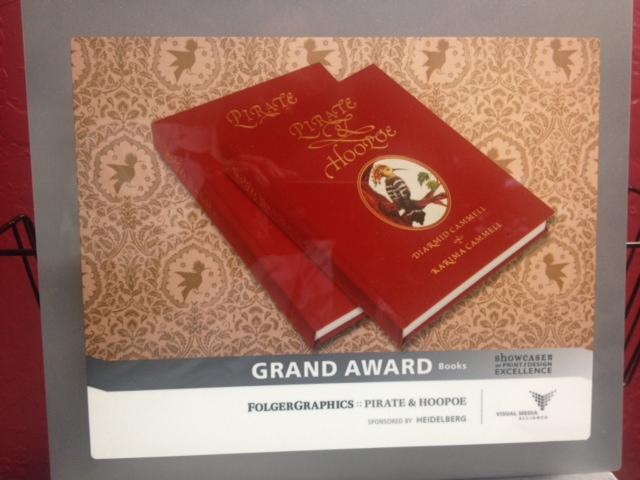When it comes to print specifications, The Devil is in the Details.
While searching today for other print project manager blogs, I found an amazing job offer. It made me realize how urgently other businesses need the skill set I have.
There are literally hundreds of details to manage when it comes to print. In fact, back in “the day” when print was analog, I used to say “the normal printing project has 101 details, mess one up and it goes in the trash”. With the advent of digital technology in the world of print, the number has doubled or tripled. In other words “the average print project has 300 plus details, mess one up and it’s in the trash”.
A good analogy might be that of an upcoming airline flight. We want to know that our pilot and crew has massive experience in successfully delivering the passengers to their destinations. We want to travel with an airline that has systems in place that pretty much guarantee our safe arrival. And the details are everything.
Therefore it is appropriate that in our industry that all print files that arrive to our production facility go through a “pre-flight” checklist. But the details begin far ahead of the arrival of the digital print files. They begin in the estimating process.
Paper weight and finish, ink colors, page numbers, sections, tabs, tables of content, binding method, foil stamping, quantity, trim size, delivery, mailing, packaging and countless other details go into the average printing estimate.
It is humorous to me how many requests I receive that are missing basic details such as colors, or number of pages, or quantity. To assist you with getting all the details in your original request for quotation (RFQ) I have included an PDF example of the detailed specification sheet that I use to submit and RFQ for a recent case bound book we produced. You can use most of the line items in this document for even the most simple request, as more detail is always better than less when it comes to providing an accurate estimate.
